Tick Tock: Essential Tips for Watch Maintenance and Repair You Shouldn’t Overlook
In a world where time is often taken for granted, our timepieces stand as steadfast companions, marking moments both fleeting and monumental. The gentle tick of a watch not only signals the passage of time but also carries stories of craftsmanship, innovation, and personal journeys. Yet, like any cherished possession, a watch requires care and attention to ensure it continues to tick away with precision and grace. Whether you own a luxury timepiece or a beloved everyday watch, understanding the fundamentals of watch maintenance and repair can preserve its functionality and extend its lifespan. In this article, we will delve into essential tips that every watch owner should embrace, ensuring that your treasured timekeeper remains a reliable witness to your life’s adventures for years to come. Join us as we explore the art and science behind watch care, unlocking the secrets that keep time on your side.
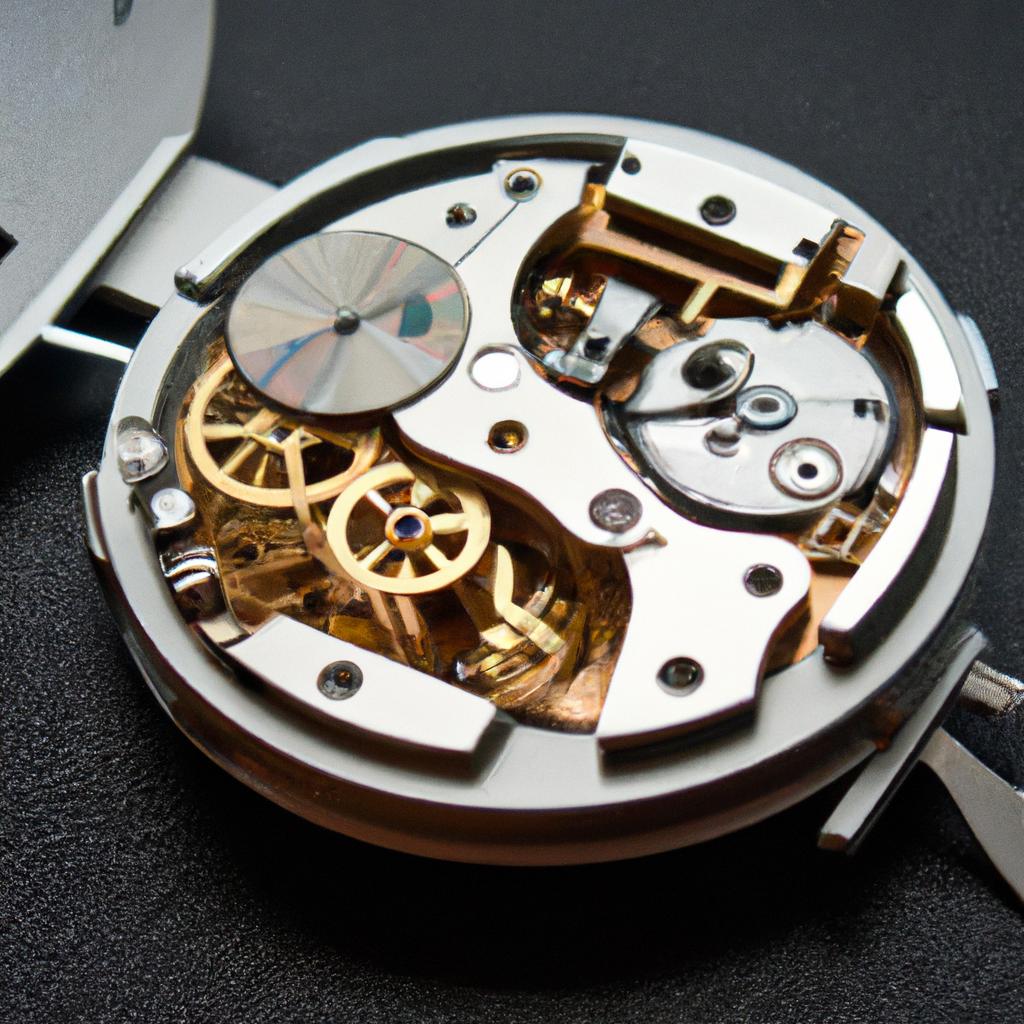
Understanding Your Timepiece: The Basics of Watch Mechanics
To truly appreciate the craftsmanship behind your watch, it’s essential to grasp the fundamentals of watch mechanics. At its core, a timepiece can be divided into two primary categories: **analog** and **digital**. Analog watches work on intricate mechanical systems, involving gears, springs, and escapements, while digital watches utilize electronic circuits. Understanding these distinctions can help you identify the maintenance needs specific to your watch type. For instance, mechanical watches typically require periodic servicing to ensure the lubricants are fresh, while digital models may just need a battery replacement. Familiarizing yourself with your watch’s inner workings can make a big difference in its longevity.
Delving deeper, the three main components of a mechanical watch include the **movement**, the **case**, and the **dial**. Each component plays a pivotal role in the overall function of the watch. Consider the following essentials:
- Movement: This is the heart of the watch, dictating its accuracy and reliability.
- Case: The exterior that protects the delicate internals from dust and moisture.
- Dial: The face of the watch where you read the time, often embellished with various designs.
Knowing these components can help you understand the potential repair challenges and maintenance practices that may be necessary. Regular cleaning and checks can keep these parts functioning harmoniously, preserving the elegance and precision of your cherished timepiece.

Routine Care and Maintenance: Keeping Your Watch in Top Condition
Your watch is not just a timekeeping device; it’s a combination of craftsmanship and an expression of your style. To ensure that your timepiece remains as striking as the day you first wore it, regular care is essential. Begin with **cleaning** your watch regularly using a soft, lint-free cloth to prevent the buildup of dust and grime. For watches with metal bracelets, consider a gentle soap solution with water to remove more stubborn dirt, but remember to dry it thoroughly to avoid moisture damage. Additionally, keeping your watch away from harsh chemicals and extreme temperatures will help preserve its finish and functionality.
Another critical aspect of watch maintenance involves **servicing** it at appropriate intervals. Depending on the watch’s complexity and your lifestyle, a service every 3 to 5 years is advisable. During a service, the movement can be cleaned and lubricated to ensure accuracy and longevity. To further protect your investment, consider the following steps:
- Store your watch in a dedicated box or a soft pouch when not in use.
- Avoid exposing your watch to magnetic fields, as they can affect accuracy.
- Keep an eye on battery life for quartz models and replace batteries promptly to prevent leakage.
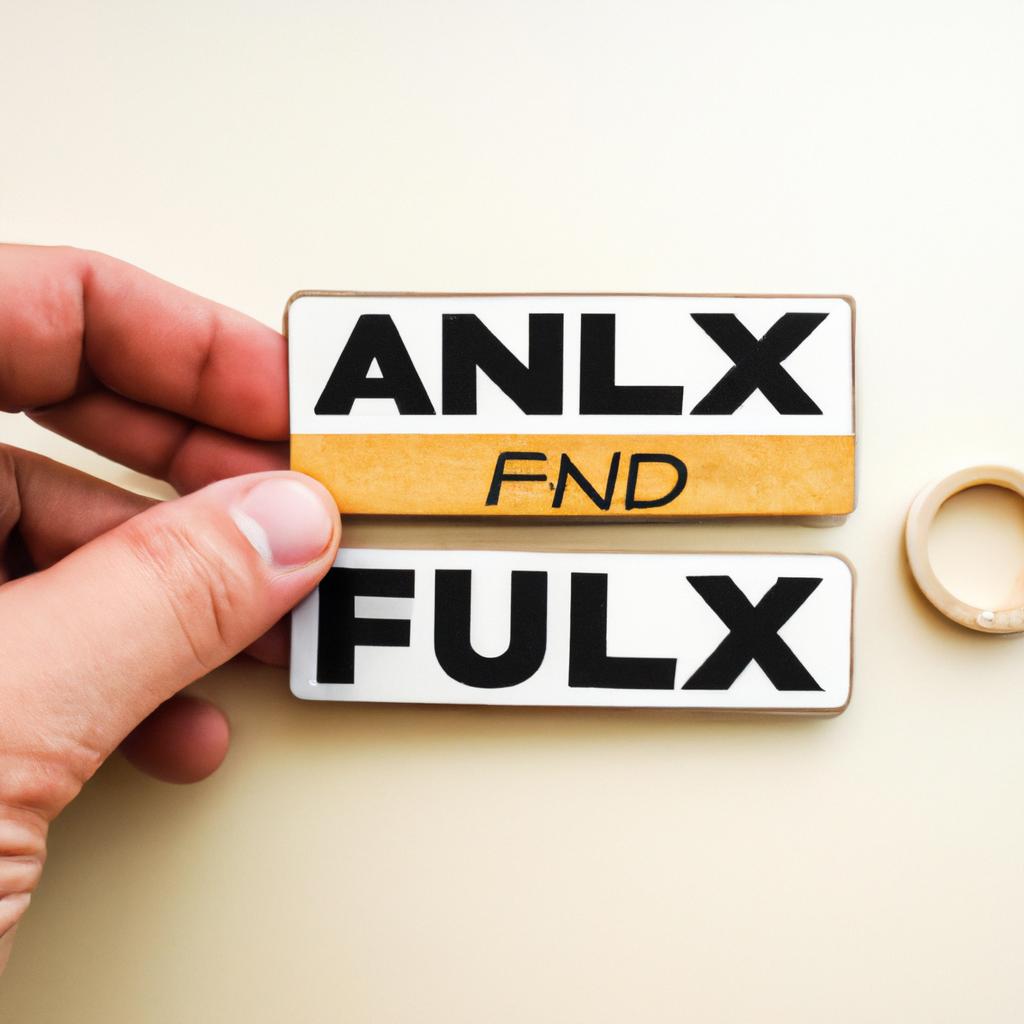
Common Issues and DIY Fixes: When to Seek Professional Help
When it comes to watch maintenance, a few common issues frequently arise that may seem daunting initially, but several can often be resolved with some straightforward DIY techniques. Battery replacement is one such task; many watches allow you to pop off the back cover with a suitable case opener tool, enabling you to replace the battery yourself. Additionally, minor scratches on the watch face can be treated with a bit of toothpaste or a special watch polish, producing a crystal-clear finish. Other issues, like a loose or broken strap, can be addressed by carefully tightening screws or replacing the strap altogether with a DIY kit available at many stores.
However, certain problems should never be taken lightly or handled without professional expertise. **Water damage** is a prime example; if your watch has been submerged or is showing condensation under the glass, it’s crucial to consult a watchmaker to prevent further damage. **Movement malfunction**, characterized by erratic ticking or the watch stopping altogether, often indicates a deeper internal issue requiring specialized tools and knowledge. Similarly, if you notice that your watch runs **irregularly** despite new batteries, seeking professional help before it leads to additional complications is advisable. Below is a quick reference table to help you distinguish between repairable DIY tasks and those that require professional intervention:
| Issue | DIY Fix | Seek Professional Help |
|---|---|---|
| Battery Replacement | Yes | No |
| Scratches on Glass | Yes | No |
| Water Damage | No | Yes |
| Movement Issues | No | Yes |
Concluding Remarks
As we reach the end of our exploration into the intricate world of watch maintenance and repair, it’s clear that caring for your timepiece goes beyond mere aesthetics; it’s a commitment to preserving the stories it tells and the moments it measures. From understanding the delicate balance of gears to the importance of regular servicing, each tip we’ve discussed serves as a building block in the fortress of longevity for your beloved watch.
Remember, your watch is not just an accessory; it’s a symbol of time, a keeper of memories, and a fusion of artistry and engineering. By applying the essential tips we’ve outlined, you’ll ensure that your watch continues to tick with precision, charm, and the character that drew you to it in the first place.
So, as you fasten your watch to your wrist, take a moment to appreciate its craftsmanship and history. With a little care and attention, your timepiece can accompany you through countless more adventures, measuring each fleeting moment with grace. Let the ticking of your watch remind you: time shared is time well spent.


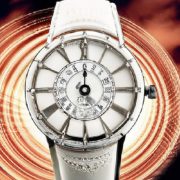

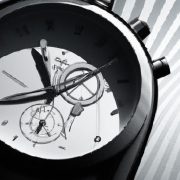










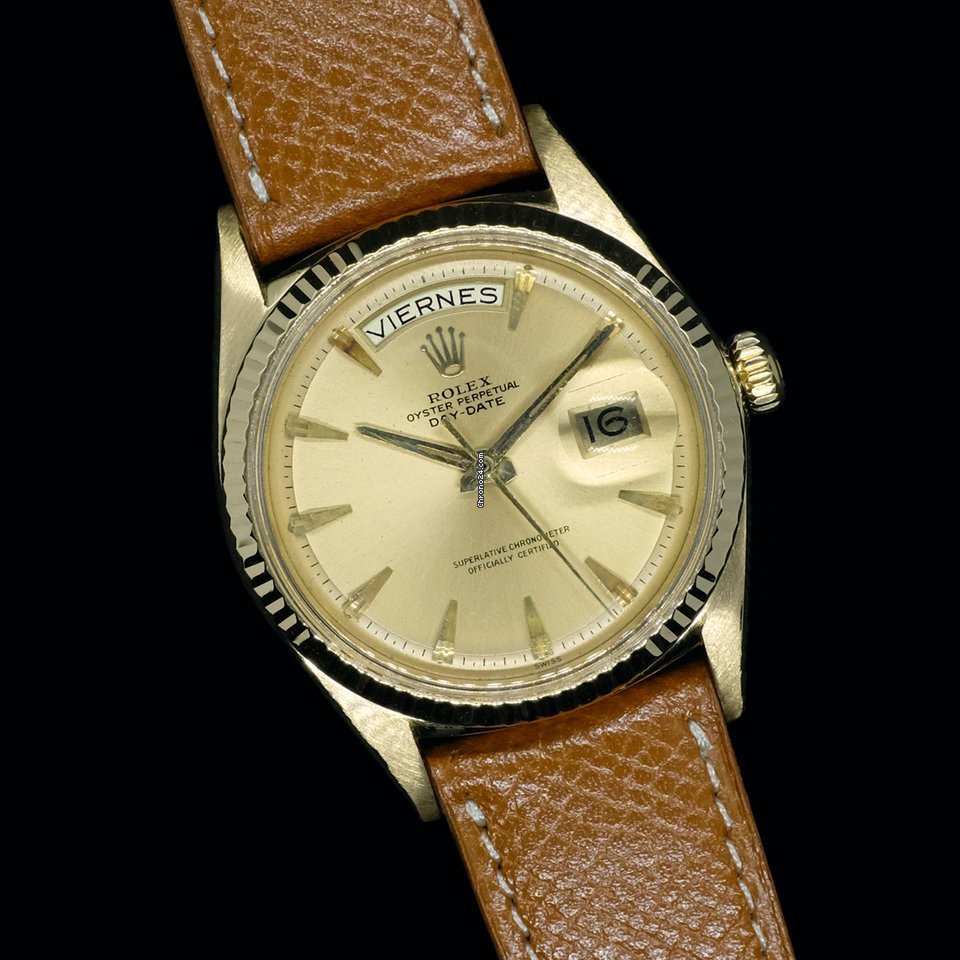

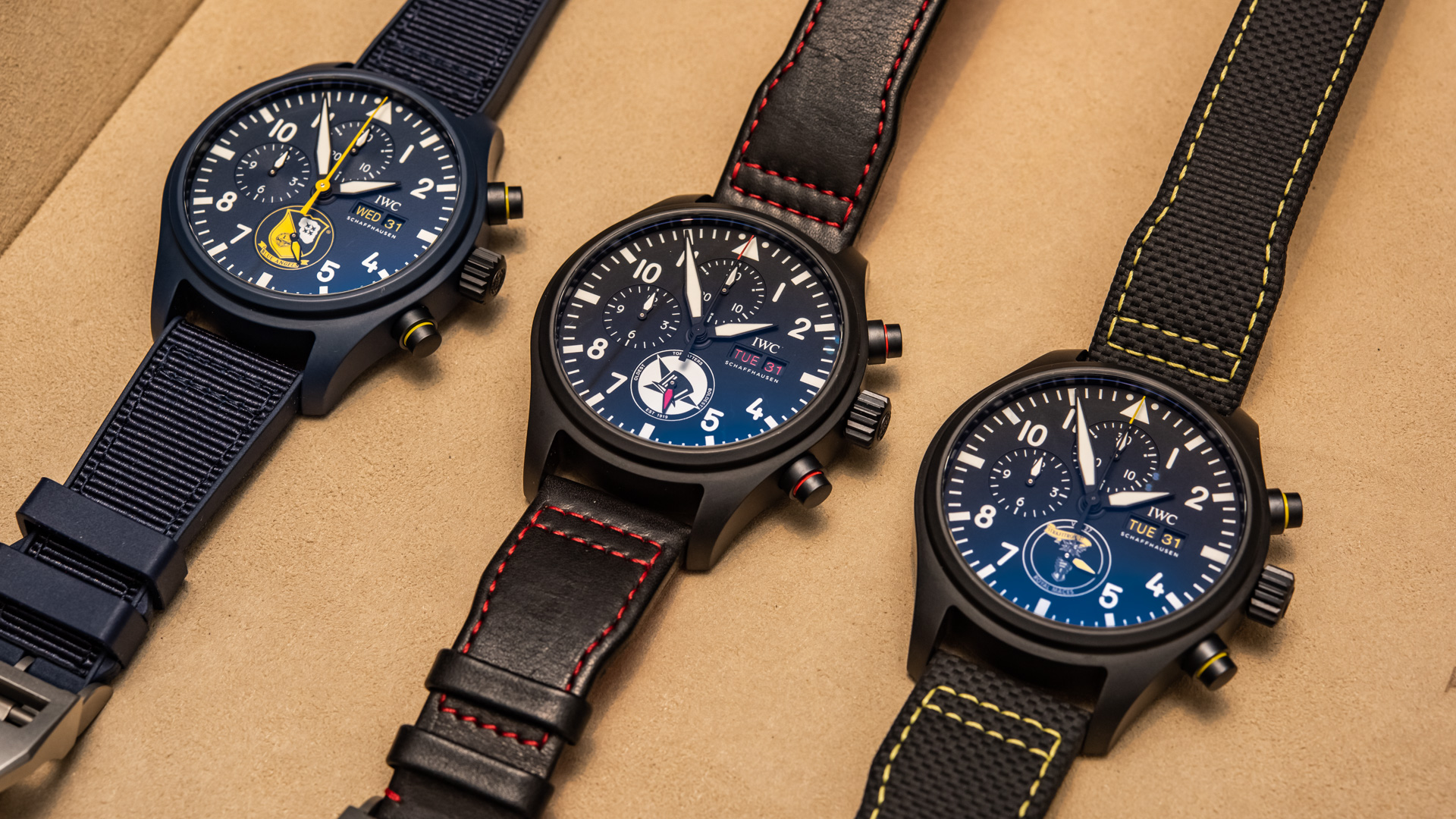
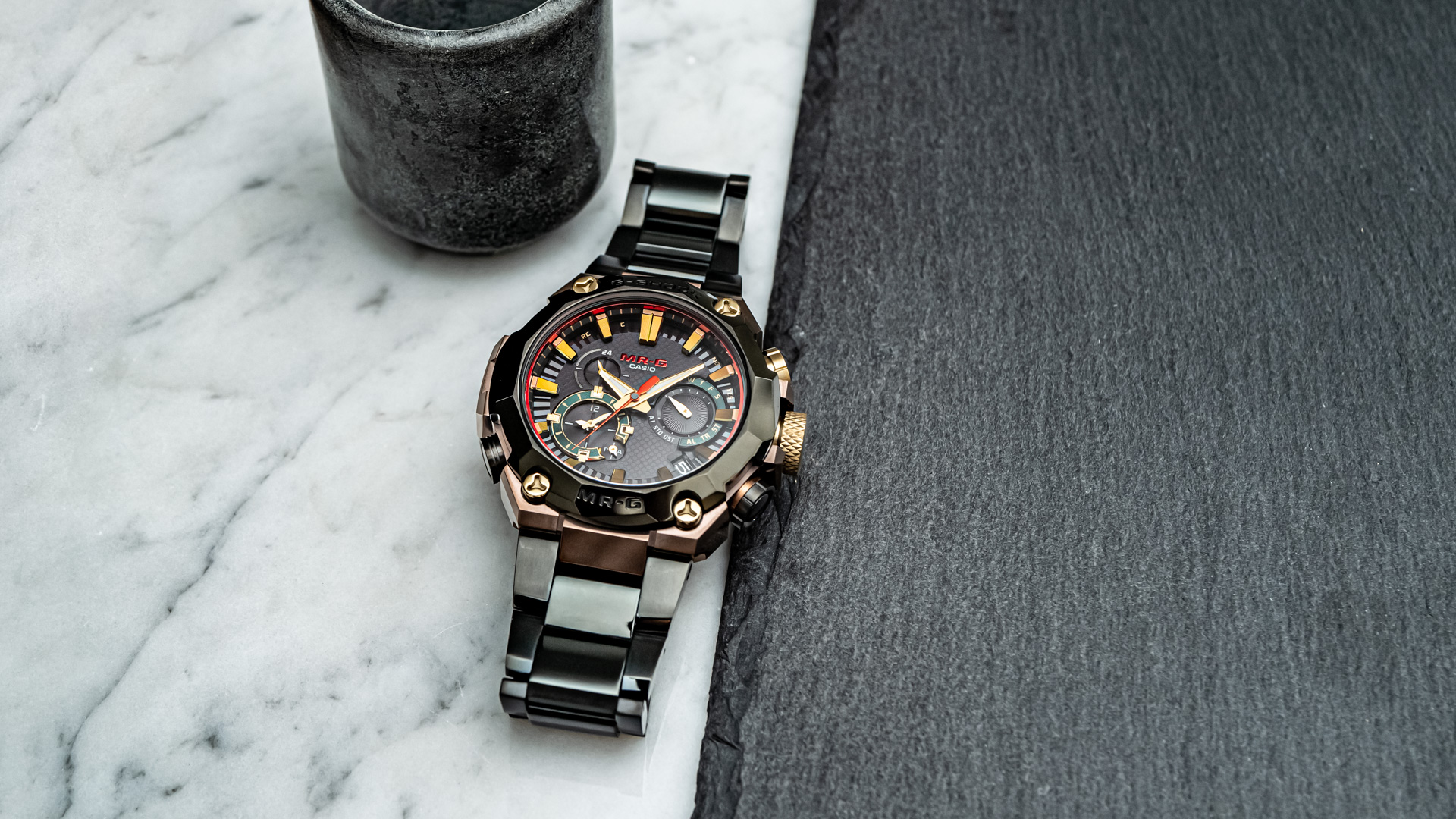


Comments